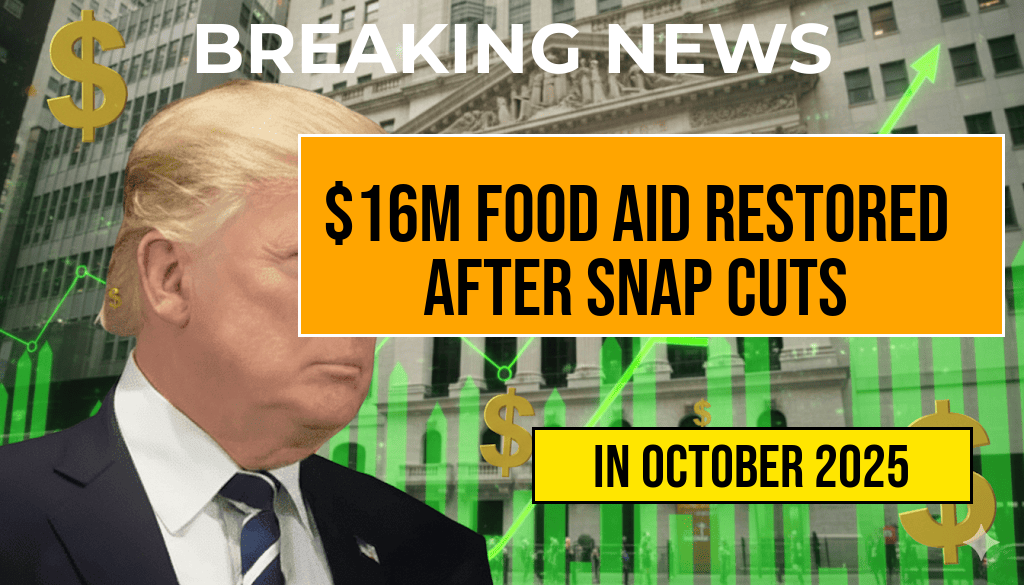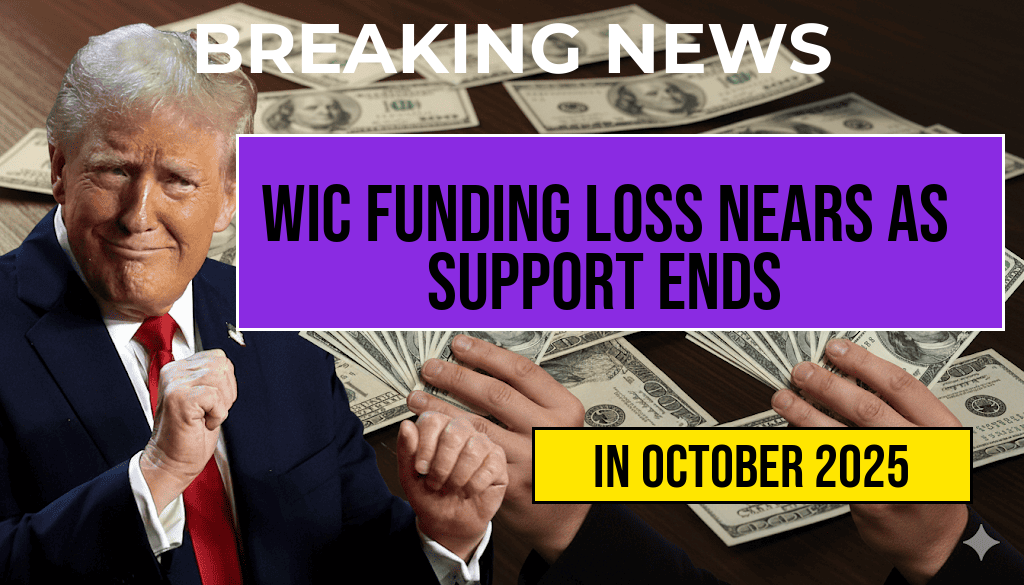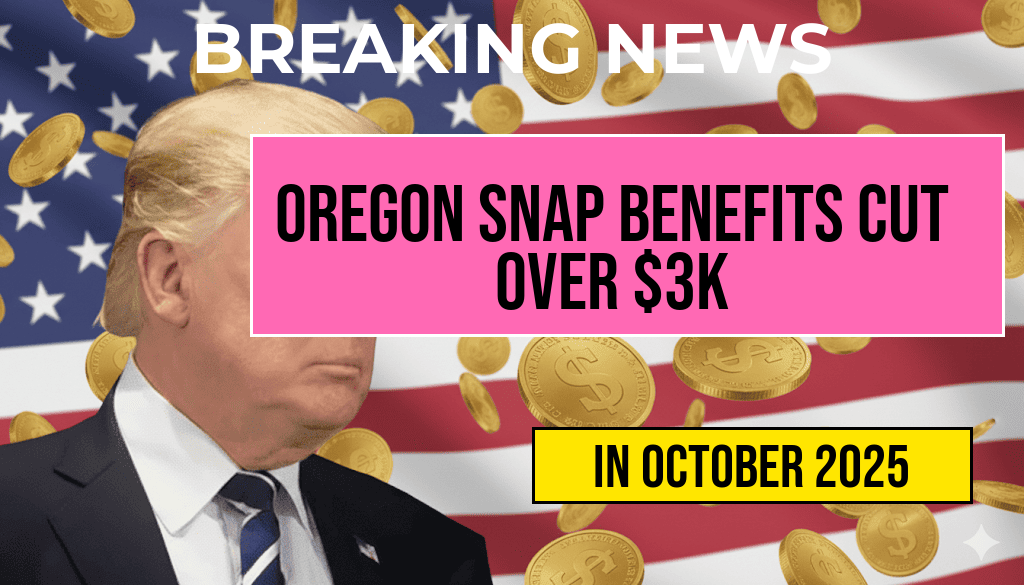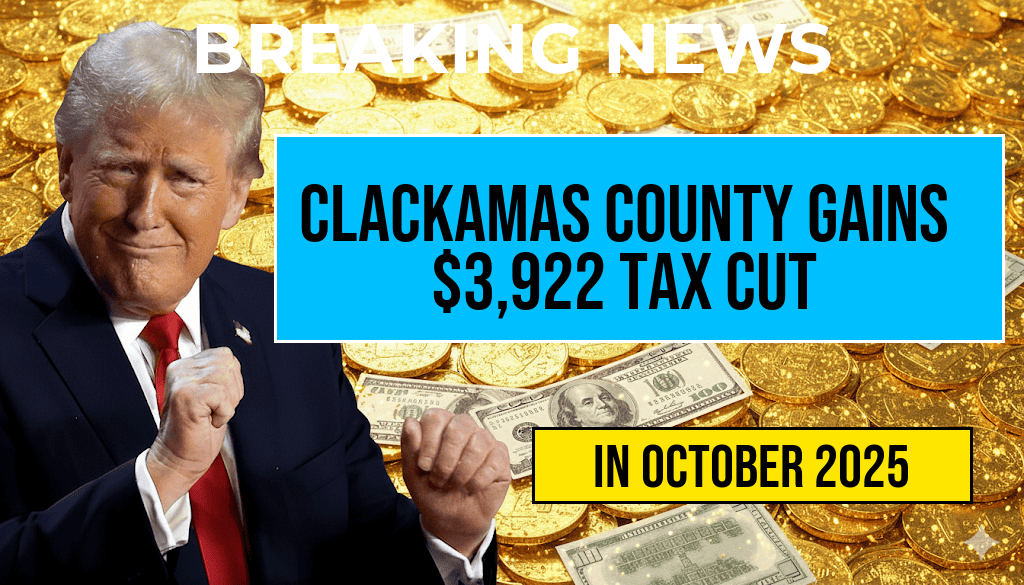The state government has announced a significant allocation of $50 million to mitigate the impacts of recent federal budget cuts to Supplemental Nutrition Assistance Program (SNAP) and Medicaid. These federal reductions, which aim to trim spending and tighten eligibility criteria, threaten to leave thousands of vulnerable residents without essential support. The new funding aims to safeguard access to critical services, particularly for low-income families, seniors, and individuals with disabilities, amid growing concerns over increased hardship. Officials emphasize that this initiative underscores the state’s commitment to protecting public health and food security despite federal policy shifts, which have sparked widespread debate across political lines and advocacy groups.
Federal Cuts and State Response
Recent federal policy adjustments have resulted in an estimated $10 billion reduction in SNAP benefits nationwide, coupled with tighter Medicaid eligibility standards. The cuts, enacted through the federal budget, are projected to affect millions of Americans, potentially increasing food insecurity and reducing healthcare access for the most vulnerable. In response, state officials have acted swiftly, allocating $50 million from state funds to buffer the adverse effects. This strategic investment aims to preserve coverage levels, prevent service disruptions, and support local agencies tasked with administering these programs.
Allocation Breakdown and Implementation
| Program | Allocated Funds | Intended Use |
|---|---|---|
| SNAP | $20 million | Increase in benefit levels, outreach programs, and administrative support |
| Medicaid | $15 million | Coverage expansion, outreach, and system upgrades |
| Emergency Response Fund | $15 million | Rapid response to service disruptions and case management enhancements |
Officials specify that the additional funds will be allocated through a combination of direct support to local agencies, enhanced outreach efforts, and system improvements designed to streamline application processes and reduce barriers for eligible residents. The state’s Department of Human Services has emphasized that these measures will be transparent, with regular updates on their impact available to the public.
Community Impact and Public Response
Community organizations and advocacy groups have largely welcomed the state’s proactive stance, citing concerns about the long-term consequences of federal austerity measures. Food security advocates argue that even temporary reductions in SNAP benefits can lead to increased reliance on emergency food services and exacerbate health disparities. Similarly, healthcare advocates warn that Medicaid cuts could result in delayed treatments, higher uncompensated care costs, and worsened health outcomes for marginalized populations.
- Local food banks report an uptick in demand, highlighting the importance of state intervention.
- Healthcare providers express apprehension over potential increases in uncompensated care costs.
- Community leaders stress the need for ongoing support as federal policies evolve.
Legal and Political Context
The federal reductions stem from legislative decisions aimed at decreasing government expenditure, but they have ignited fierce debates in Congress and statehouses across the country. Critics argue that such cuts disproportionately affect vulnerable populations and threaten to undermine decades of progress in public health and social welfare. Conversely, proponents contend that federal spending needs to be restrained to reduce deficits and promote fiscal responsibility.
Several states have adopted similar measures, with some establishing their own contingency funds or seeking alternative funding sources. The political landscape remains divided, with Democrats advocating for increased state-level support and Republicans emphasizing the importance of federal fiscal discipline. The current allocation by this state marks one of the most substantial efforts to counteract federal policy impacts through state-level investment.
Additional Measures and Future Outlook
Beyond the immediate funding injection, officials are exploring longer-term strategies to enhance resilience. These include expanding eligibility criteria for assistance programs, investing in digital infrastructure to improve application efficiency, and strengthening partnerships with nonprofit organizations. The state’s governor has indicated that this investment reflects a broader commitment to social safety nets and economic stability, especially as federal policies continue to shift.
Experts note that the success of these measures will depend on effective implementation and sustained political will. As federal and state policies evolve, ongoing dialogue between policymakers, community organizations, and affected residents will be vital to ensuring that vulnerable populations continue to receive necessary support. For more information on SNAP and Medicaid programs, visit Wikipedia’s article on SNAP and Wikipedia’s article on Medicaid.
Frequently Asked Questions
What is the purpose of the fifty million dollar allocation by the state?
The fifty million dollar allocation is intended to counteract federal cuts to SNAP and Medicaid, helping to ensure continued support for vulnerable populations within the state.
Which programs are affected by the federal cuts targeted by this funding?
The federal cuts primarily impact SNAP (Supplemental Nutrition Assistance Program) and Medicaid, which are vital for providing food assistance and healthcare to low-income individuals and families.
How will the state distribute the fifty million dollars among affected programs?
The state plans to allocate the funds strategically across SNAP and Medicaid to mitigate the impact of federal reductions, ensuring that beneficiaries continue to receive essential support services.
When will the funds be available to the affected populations?
The funds are expected to be disbursed shortly after approval, with the goal of minimizing disruptions in benefits for those relying on SNAP and Medicaid.
Are there any long-term plans to address federal cuts to social support programs?
While the fifty million dollars provides immediate relief, the state is also exploring long-term strategies to strengthen and sustain support systems for low-income residents beyond the current funding boost.








